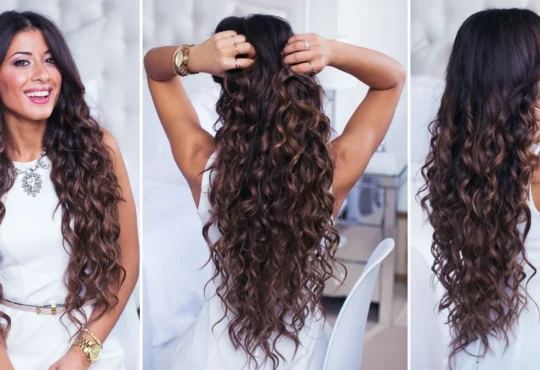When it comes to fashion, there are so many different styles and fabrics. But one of the most important decisions you’ll make is what kind of fabric your clothes are made from.
Different fabrics have their benefits and drawbacks, so it’s essential to know the characteristics of fabrics before you make your choice. Let’s look at the key differences between the three most popular options typically found in t-shirts — polyester, cotton and blends.
What Is Polyester?
Polyester is a synthetic fabric made from polymers. It’s often used in slim fit tees because it’s strong and wrinkle-resistant. Polyester also has a high degree of elasticity, which means it can stretch without breaking.
Polyester is cheaper than cotton and doesn’t require much care. You can just throw it in the washing machine and dryer. Polyester clothing is best suited for settings where you want the material to stay wrinkle-free. It’s a good choice for uniforms and other clothes that need to look neat despite being worn for a long time.
Polyester clothing is a good choice for cold weather because it retains warmth well. Some polyester fabrics feature moisture-wicking properties that make them a good choice for exercise. It’s a good option for winter-weather activities like skiing or snowboarding. If you participate in these activities, consider stocking up on some men’s long-sleeved crew neck shirts made from polyester.
What Is Cotton?
Cotton is a natural fabric made from the fibers of the cotton plant. It’s made by harvesting the cotton plant and processing the fibers to create yarn, which is then woven into fabric.

As a natural fiber, cotton is more eco-friendly than synthetic fabrics. It’s soft, breathable and absorbent, making it a good choice for a wide range of clothing. Cotton is also hypoallergenic and gentle on the wearer’s skin, so it’s a good choice for people with sensitive skin.
Although cotton is quite durable, it’s not as elastic as polyester. This means that it can stretch, but it will eventually break if stretched too far. Cotton is also susceptible to wrinkling, so it may need to be ironed after washing.
Cotton clothing is perfect for daily wear, where comfort takes precedence. It’s common in everyday wear like v-neck t-shirts, lounge clothes and sleepwear. It’s particularly well-suited for hot weather because of its breathability.
Cotton is also a good choice for activewear. Although it’s not as moisture-wicking as polyester, cotton is still a good choice for exercise clothes because it’s comfortable and lightweight. It’s also a good choice for summer activities like hiking or camping, where you need clothes that will keep you cool and won’t cause you to sweat too much.
What Are Blends?
Blends are fabrics made from a mixture of two or more different fibers. The most common blends are cotton-polyester and wool-polyester.
Blends often come in varying ratios of the different fibers. For example, a 50/50 cotton-polyester blend contains equal amounts of cotton and polyester. A 60/40 blend will have 60% cotton and 40% polyester. The ratio can be adjusted to create different fabric types with different properties.
Blends are often used in clothing because they combine the best features of the different fibers. For example, a cotton-polyester blend shirt will be less wrinkly than a 100% cotton shirt, but cotton shirts will be more breathable than a 100% polyester shirt.
Given this advantage, blends are often used in sportswear and activewear. They’re usually more durable and moisture-wicking than natural fibers like cotton, but they’re not as hot and sticky as 100% synthetic fibers.
If you’re looking for comfortable and sturdy clothing for everyday wear, then blends are a good choice. Office wear and casualwear like button-down shirts and polo t-shirts are often made from blends.
How To Choose a T-shirt Fabric
Everyone’s skin is different, and what may feel comfortable to one person could feel restrictive or itchy to another. Using the information above, you can make a more informed decision about which fabric is best for your needs. However, sometimes the only way to truly tell if a fabric is right for you is to try it out.
When trying on a shirt, pay attention to how it feels against your skin. Does it feel scratchy or irritating? If so, it’s probably not the right fabric for you.

Also, take notice of how the shirt feels when you move. Does it stretch and move with you, or does it feel constricting? Your t-shirt should allow you to move freely without feeling too tight or uncomfortable.
When it comes to blends, it may take some trial and error to find a ratio that works for you. For example, you may find that a 50/50 cotton-polyester blend doesn’t quite work for your sensitive skin, while a 60/40 blend might feel just right.
What’s Best for You?
Ultimately, there is no one “best” fabric for t-shirts. The best fabric for you depends on your needs and preferences. With a bit of thought and experimentation, you’ll be well on your way to finding the perfect t-shirt fabric for you.








